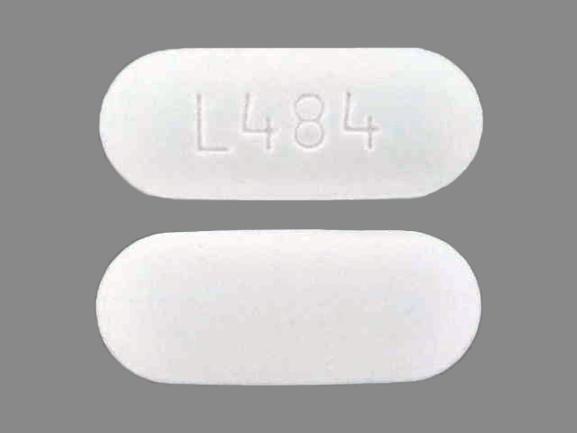Acetaminophen Interactions
There are 160 drugs known to interact with acetaminophen, along with 3 disease interactions, and 2 alcohol/food interactions. Of the total drug interactions, 8 are major, 116 are moderate, and 36 are minor.
- View all 160 medications that may interact with acetaminophen
- View acetaminophen alcohol/food interactions (2)
- View acetaminophen disease interactions (3)
Most frequently checked interactions
View interaction reports for acetaminophen and the medicines listed below.
- Aspir 81 (aspirin)
- Aspirin Low Strength (aspirin)
- Benadryl (diphenhydramine)
- Claritin (loratadine)
- Colace (docusate)
- CoQ10 (ubiquinone)
- Cymbalta (duloxetine)
- Eliquis (apixaban)
- Fish Oil (omega-3 polyunsaturated fatty acids)
- Flonase (fluticasone nasal)
- Lasix (furosemide)
- Lexapro (escitalopram)
- Lipitor (atorvastatin)
- Lyrica (pregabalin)
- Metoprolol Succinate ER (metoprolol)
- Metoprolol Tartrate (metoprolol)
- Milk of Magnesia (magnesium hydroxide)
- MiraLAX (polyethylene glycol 3350)
- Mucinex (guaifenesin)
- Norco (acetaminophen / hydrocodone)
- Probiotic Formula (bifidobacterium infantis / lactobacillus acidophilus)
- Synthroid (levothyroxine)
- Vitamin B12 (cyanocobalamin)
- Vitamin C (ascorbic acid)
- Vitamin D2 (ergocalciferol)
- Vitamin D3 (cholecalciferol)
- Xanax (alprazolam)
- Zofran (ondansetron)
- Zoloft (sertraline)
- Zyrtec (cetirizine)
Acetaminophen alcohol/food interactions
There are 2 alcohol/food interactions with acetaminophen.
Acetaminophen disease interactions
There are 3 disease interactions with acetaminophen which include:
More about acetaminophen
- acetaminophen consumer information
- Compare alternatives
- Pricing & coupons
- Reviews (109)
- Drug images
- Latest FDA alerts (18)
- Side effects
- Dosage information
- Patient tips
- During pregnancy
- Support group
- Drug class: miscellaneous analgesics
- Breastfeeding
Related treatment guides
Drug Interaction Classification
| Highly clinically significant. Avoid combinations; the risk of the interaction outweighs the benefit. | |
| Moderately clinically significant. Usually avoid combinations; use it only under special circumstances. | |
| Minimally clinically significant. Minimize risk; assess risk and consider an alternative drug, take steps to circumvent the interaction risk and/or institute a monitoring plan. | |
| No interaction information available. |
See also:
Further information
Always consult your healthcare provider to ensure the information displayed on this page applies to your personal circumstances.


